Optimal Timing for Siding Service

Spring offers moderate temperatures ideal for siding installation and repairs, ensuring materials adhere properly.
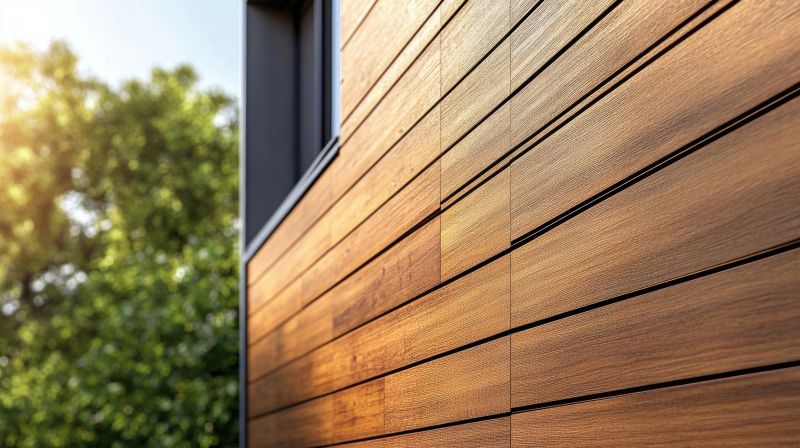
Warm weather facilitates work but high humidity can impact certain siding materials, making early summer optimal for some projects.

Cooler temperatures and lower humidity make fall a suitable time for siding upgrades before winter.
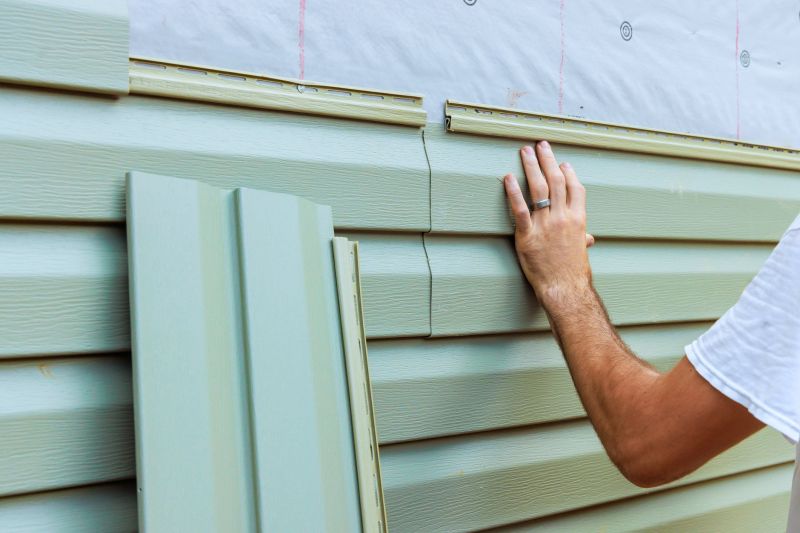
Ways to make Siding Service work in tight or awkward layouts.
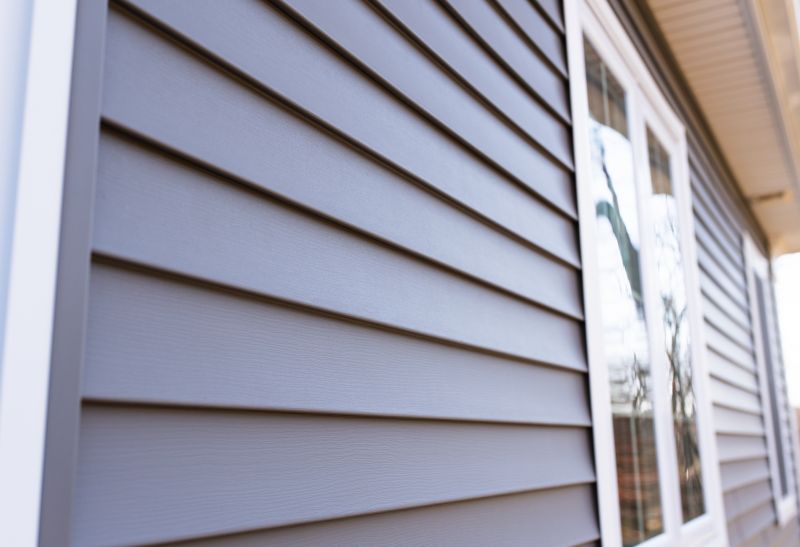
Popular materials for Siding Service and why they hold up over time.
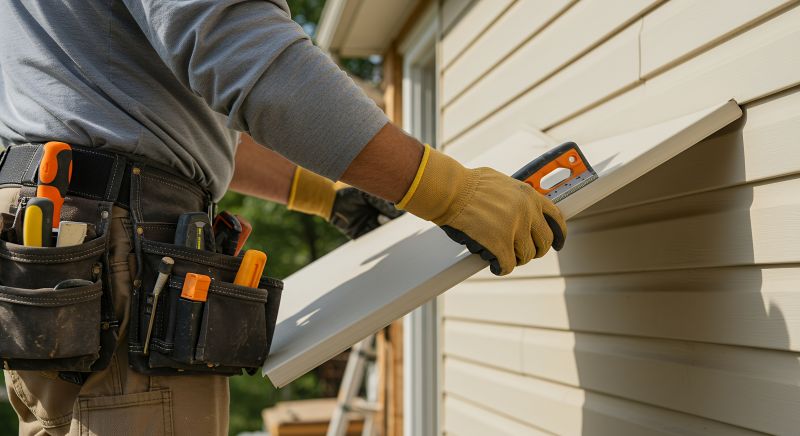
Simple add-ons that improve Siding Service without blowing the budget.
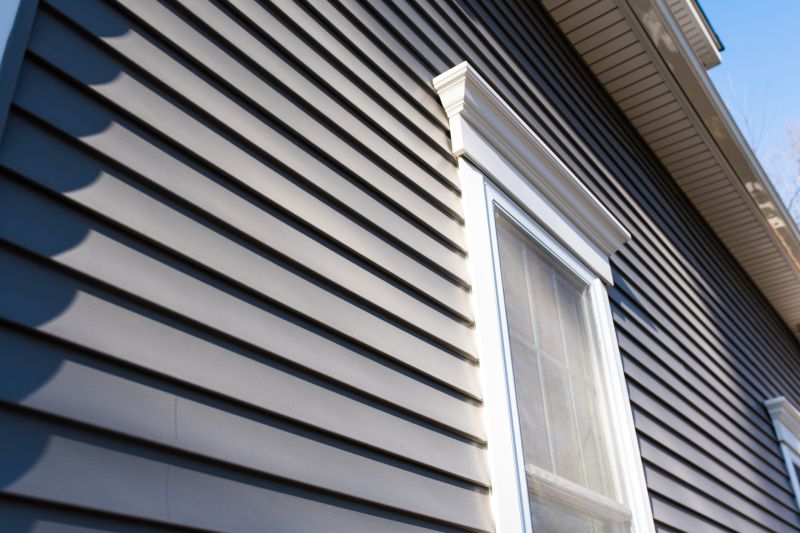
High-end options that actually feel worth it for Siding Service.
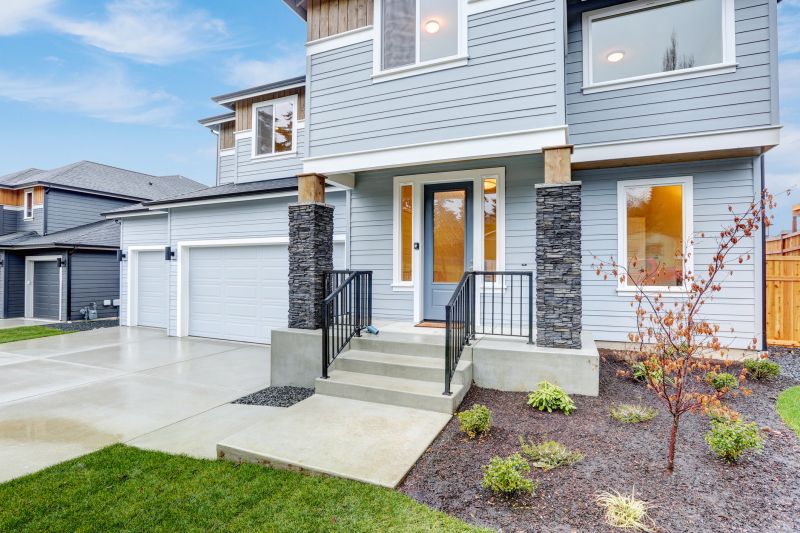
Finishes and colors that play nicely with Siding Service.
Siding service involves the installation, repair, and maintenance of exterior wall coverings on buildings. Proper siding enhances the aesthetic appeal, protects against weather elements, and can improve energy efficiency. Choosing the right timing for siding work can influence the durability and quality of the installation.
Statistics indicate that scheduling siding projects during moderate weather conditions reduces the risk of material warping, cracking, or improper adhesion. Typically, spring and fall are considered ideal seasons, with the best timing depending on local climate conditions and specific project needs.
Moderate temperatures and low humidity levels contribute to better siding installation outcomes.
Certain siding materials perform best within specific temperature ranges, influencing project scheduling.
Pricing for siding services may fluctuate based on seasonal demand, with spring and fall often being more cost-effective.
Completing siding projects before winter helps prevent damage from snow and ice accumulation.
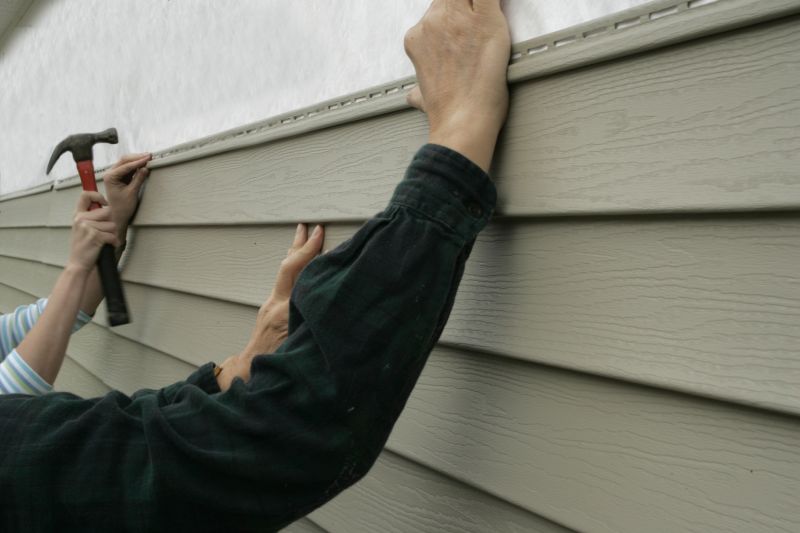
Professional siding installation ensures durability and aesthetic appeal.

Timely repairs can extend the lifespan of existing siding and prevent further damage.
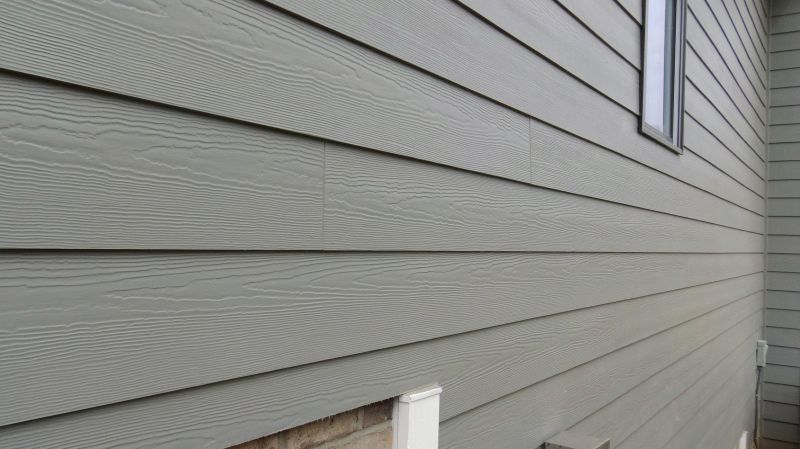
Options include vinyl, fiber cement, wood, and metal, each suitable for different seasons and conditions.
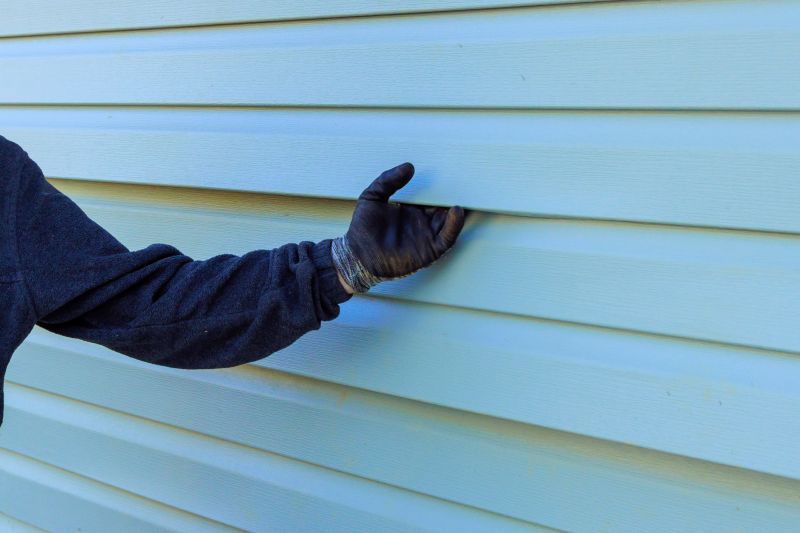
Regular inspections and cleaning help maintain siding quality over time.

Extreme weather can accelerate wear, emphasizing the importance of timely service.
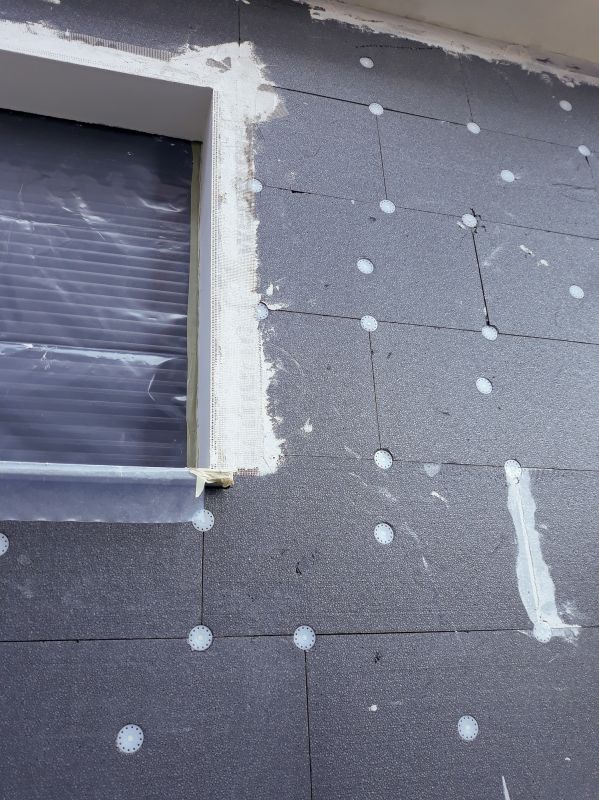
Proper siding can improve insulation, reducing energy costs.

New siding can significantly improve curb appeal.
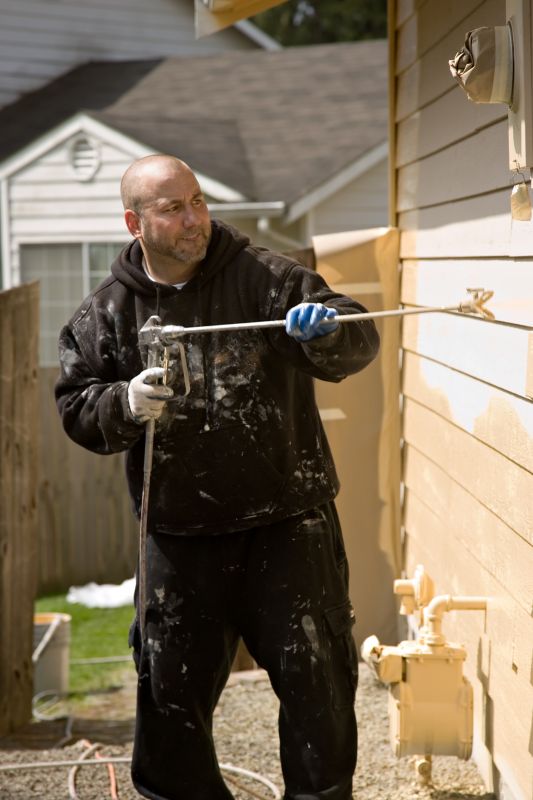
Understanding regional weather patterns aids in planning siding projects effectively.
| Season | Best for Siding Service |
|---|---|
| Spring | Ideal for installation due to moderate weather and longer daylight hours. |
| Summer | Suitable for siding work, but high temperatures and humidity may pose challenges. |
| Fall | Excellent timing before winter, with cooler temperatures and less rain. |
| Winter | Generally not recommended due to cold temperatures and potential for snow and ice. |
Selecting the appropriate time for siding service depends on local climate conditions and project scope. Proper planning ensures that materials are installed under optimal conditions, which can extend the lifespan of the siding and enhance its performance.
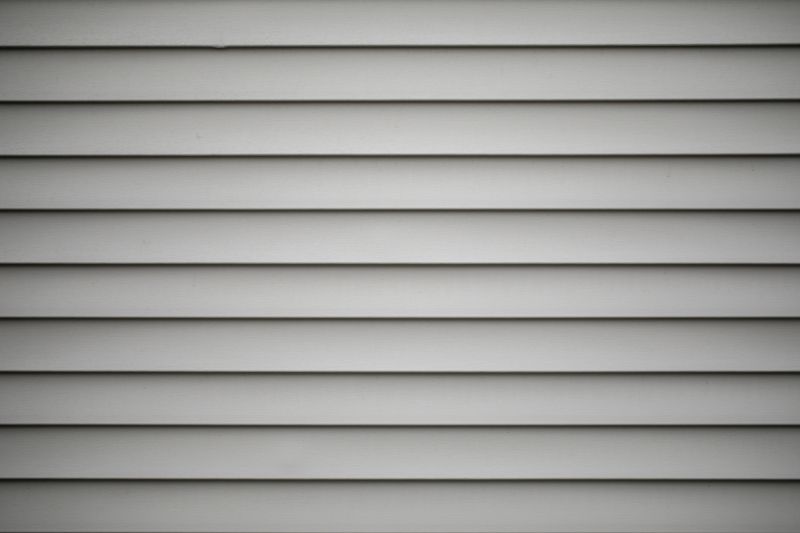
Vinyl, fiber cement, wood, and metal options each have seasonal considerations.
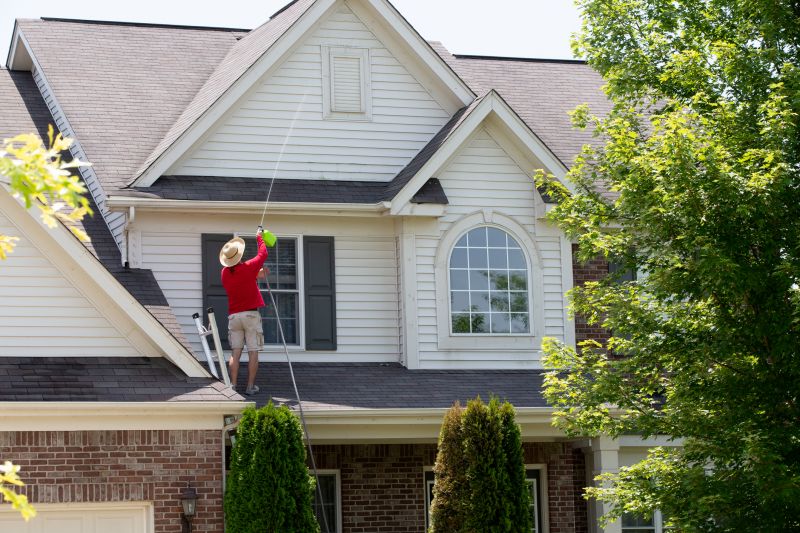
Regular inspections can identify issues early, especially after severe weather.

Proper sealing and finishing are crucial for longevity, particularly in harsh seasons.
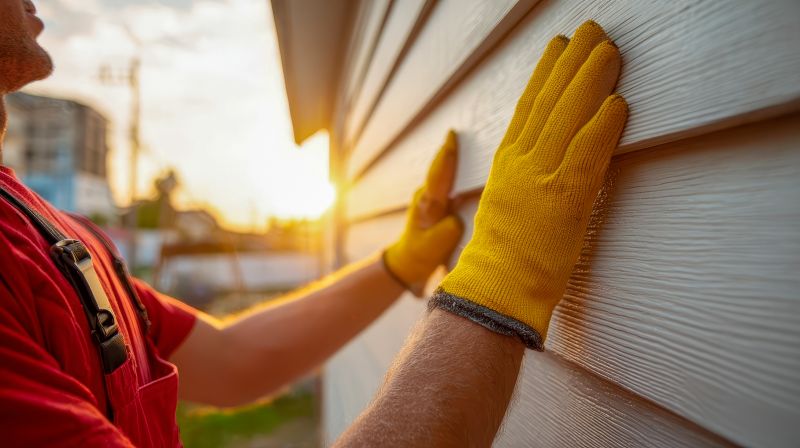
Timely siding updates help prevent damage from seasonal weather variations.

Little measurements that prevent headaches on Siding Service day.
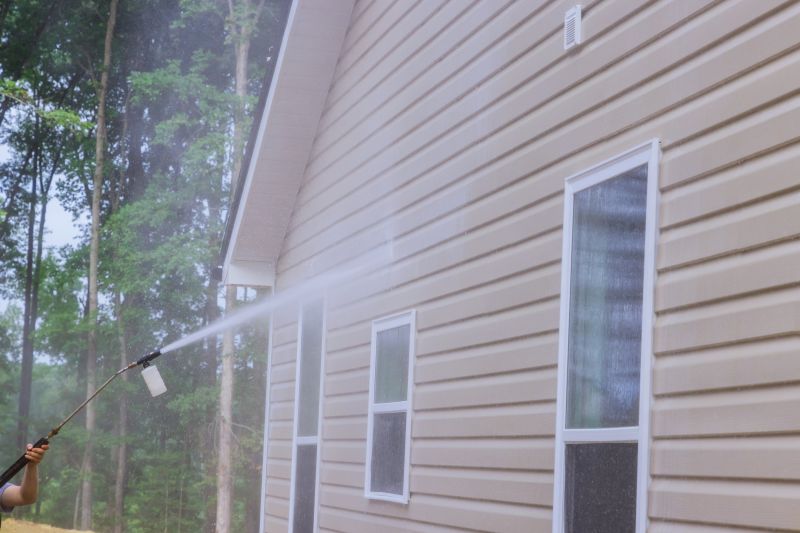
A 60-second routine that keeps Siding Service looking new.

A frequent mistake in Siding Service and how to dodge it.

Small tweaks to make Siding Service safer and easier to use.
Interested in scheduling siding service? Filling out the contact form can provide more information on the best timing for specific needs and ensure that the project is completed under optimal conditions for durability and appearance.


